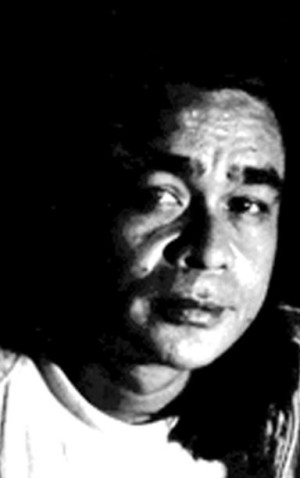
FERNANDEZ
Artists and designers ought seriously consider the archival qualities of their works. The archival qualities of the medium or material are only the first considerations.
Certain media and materials last hundreds of years. But the idea of the archival goes beyond just medium and material. Successful art and design become, over time, icons of a particular age.
They become classic standards.
Serious artists and designers ought find it worthwhile therefore to consider the relevance of their works over time.
Art and design impart thoughts for people to immediately appreciate.
And yet, the preciousness of good art is that it is able to express thoughts over many generations of people.
A really good art and design piece speaks to people well into the future.
Beyond this, there is the artist and designer herself or himself. Are their bodies of work as well as their names and reputations esteemed and respected even beyond the expanse of their lives?
Thus, the serious artist must weigh well every political engagement he or she ventures into.
The historical value of the artist, the value of his or her art will inevitably be measured by the correctness of their political positions.
Jose Rizal and his books are valued even now just principally because they stood on the right side of history.
If the Katipunan Revolution turned out to be historically wrong, Rizal would have been laughed at, or worse, forgotten in our time.
Any artist, designer or writer, ought weigh very carefully every political act they themselves would do or not do.
Take care to remember that to do or say nothing is of itself a political act.
In the run of history, silence is always tacit approval.
Artists and designers ought answer well and correctly these questions: Are they supportive or opposed to the current regime?
In what ways are they willing to express their political positions? Are these political positions on the right side of history?
I stated in an earlier essay how our history tends to follow a cycle of around 20 years. And so, we might as well ask: What happens to our political positions 20 years from now when people become more aware of what went on? How will these years be remembered 20 years forward?
Ordinary people, businessmen, even politicians, can afford to be wrong in the light of history. Few of them think in terms of being remembered over time.
And in any case, the standards applied to politicians have always been rather low: But not so, artists, designers, and writers.
Artists tend to be idealized and romanticized. 20 years forward, people will be asking of artists: What did you do, what did you say, in the dark hours of your history?
While 13,000 poor people were being murdered in our streets, did you do or say anything at all?
What did your art say for those times? Did your art applaud? Or did it protest? Was it more interested in taking advantage of your people’s misery?
Of course, politics can be quite confusing.
And every artist and designer may as well ask how we can determine if our political positions are on the right side of history?
My suggestion is for the artist to go beyond the complexities of politics and their pragmatic economic implications.
The greed for fame, fortune and power are easily recognizable.
They are quite as recognizable as the values we have lived by or aspired for over the years; values reflected time and again in the annals and narratives of the past since ancient times.
These are what ancient philosophers called the “universal.” What Neil Young called, “those things that don’t change come what may…”
These are the values of good, of compassion and empathy, of freedom and justice, and the respect for the value of life.
The question one needs to ask one’s self is really quite simple: How well do our political beliefs reflect those values?
If they do, you are most likely on the right side of history.
If they do not, then it is really time to make a change.
History demands it of you.